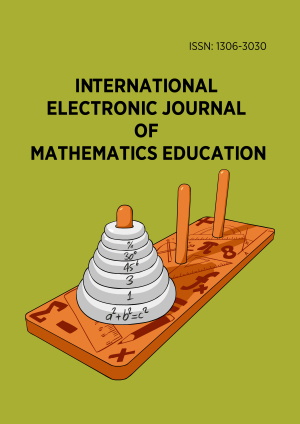Abstract
In the current study, academic research on the application of digital tools in math education was analyzed via bibliometric analysis methods and general trends, structural evolution, and thematic concerns in the subject under analysis. Using the keyword term 'application of digital tools in math education' from the Web of Science database, 486 articles till January 2025 were systematically analyzed. Throughout the research, open-source RStudio and R software bibliometric were used in bibliometric analysis. The study shows that research on the use of digital tools in mathematics teaching has had a tremendous surge in recent years. It has been found that interest in digital tools has grown particularly after 2006, and this growth has been enhanced after 2014. Due to the COVID- 19 pandemic, the use of digital tools in education has become a necessity and this has caused studies after 2020 to grow significantly. ZDM-Mathematics Education and Computers & Education journals are particularly notable among the journals in which the studies were published most frequently. Among the most contributing nations are the USA (186 articles), Spain (98 articles), Germany (78 articles) and China (65 articles). In author collaboration analysis, it was discovered that the most active author was Drijvers P. According to results from keyword analysis, the most frequent words were 'mathematics' (f = 52), 'education' (f = 38) and 'digital tools' (f = 30). Evidence based on bibliometric findings suggests that computer tools possess attributes such as concretization of abstract mathematics, improvement in pupil outcomes and the creation of interactive learning environments. However, by studying publication variation between countries, it has been observed that research funding and collaborative academic publications influence the productivity of publications. Additionally, keeping in view the limitations of bibliometric analysis, it is suggested that future studies must investigate more rigorously the adoption of artificial intelligence-based digital tools in the education of mathematics.
License
This is an open access article distributed under the Creative Commons Attribution License which permits unrestricted use, distribution, and reproduction in any medium, provided the original work is properly cited.
Article Type: Review Article
INT ELECT J MATH ED, Volume 20, Issue 4, November 2025, Article No: em0844
https://doi.org/10.29333/iejme/16637
Publication date: 01 Oct 2025
Online publication date: 24 Jul 2025
Article Views: 3622
Article Downloads: 3933
Open Access References How to cite this article
 Full Text (PDF)
Full Text (PDF)